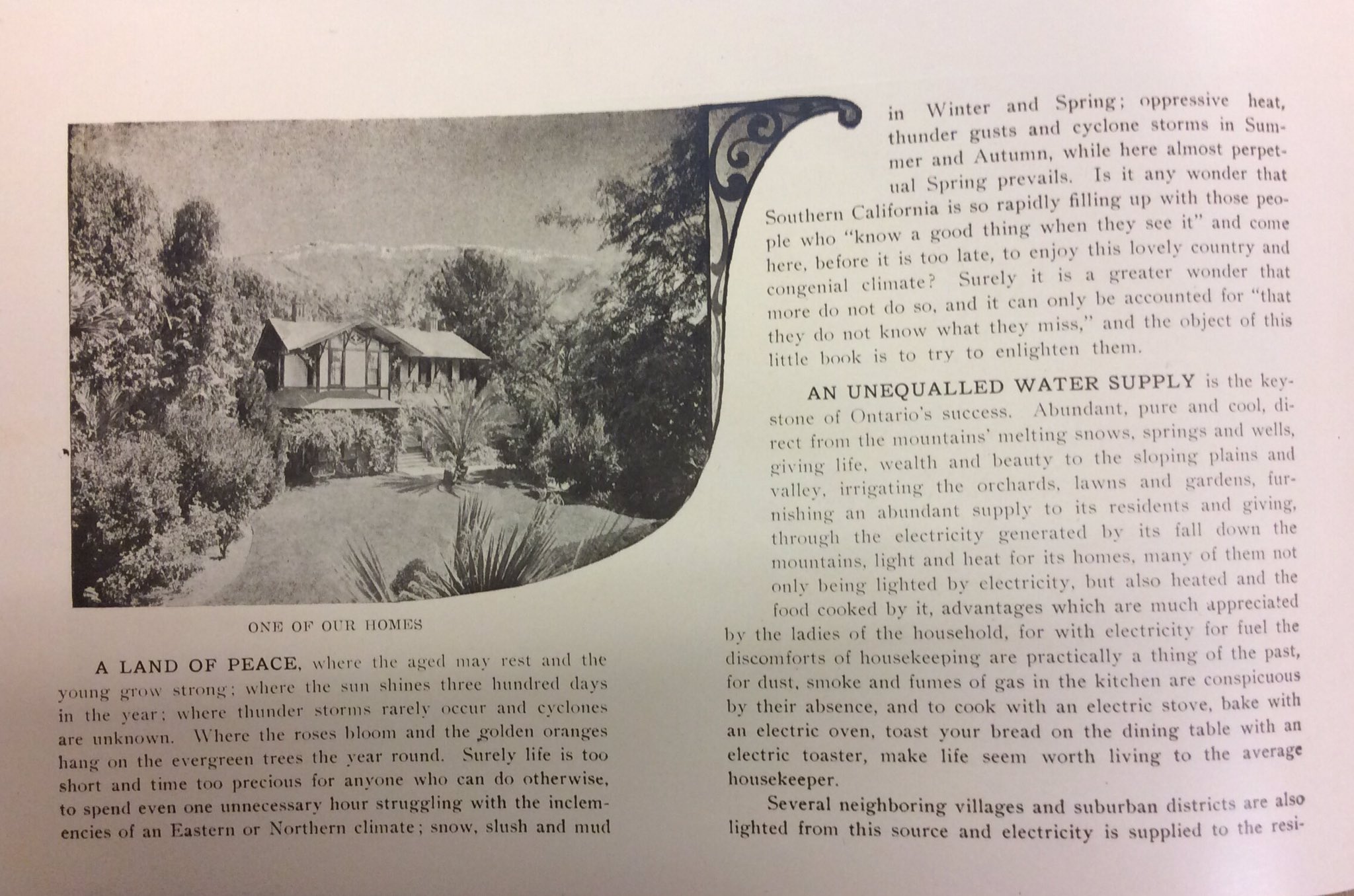Hello Everyone, my name is Therasa Topete and I am a student in the master of arts program in religion at CGU. I began my first experience performing archival work this week processing the records of a wonderful organization called the Woman’s Club of Claremont. The Woman’s Club of Claremont has been active since the early twentieth century, and identifies itself as a non-profit organization open to all adult women with the desire to help the community by supporting various charities, communities, schools, and organizations.
I feel honored to have a part in recording the history of such an inspiring organization, and feel a great responsibility to do a good job so current and future generations will be able to see the impact this wonderful group of women have had on their community for almost an entire century.

This archival project contains 26 record boxes that need to be processed, and I was excited and a little intimidated on day one. As I began to perform the box survey, I kept feeling as though I was getting too wrapped up in the details and taking too long to complete each box. Once I had processed the first two boxes, which took a long time, I began to understand what needed to be noted at this stage, and what should be inspected more closely at a later stage in the process.
The work went much smoother after that, and I am beginning to process at a much faster pace. I processed twice as many boxes today as I did in the last three days combined, and I am beginning to feel more confident performing the task. I really enjoy the work, and as I go through the materials I am getting to know The Woman’s Club more intimately. I feel like I will view the Woman’s Club of Claremont as an old friend when my time here is finished, and I am excited to continue the work. I look forward to keeping you all posted along my journey!






